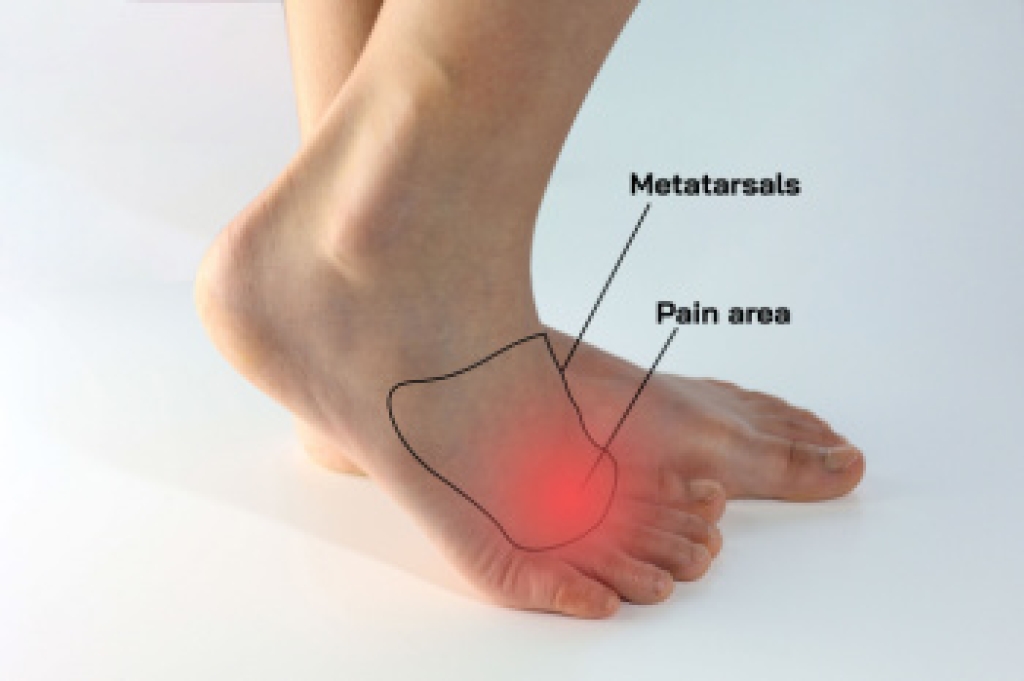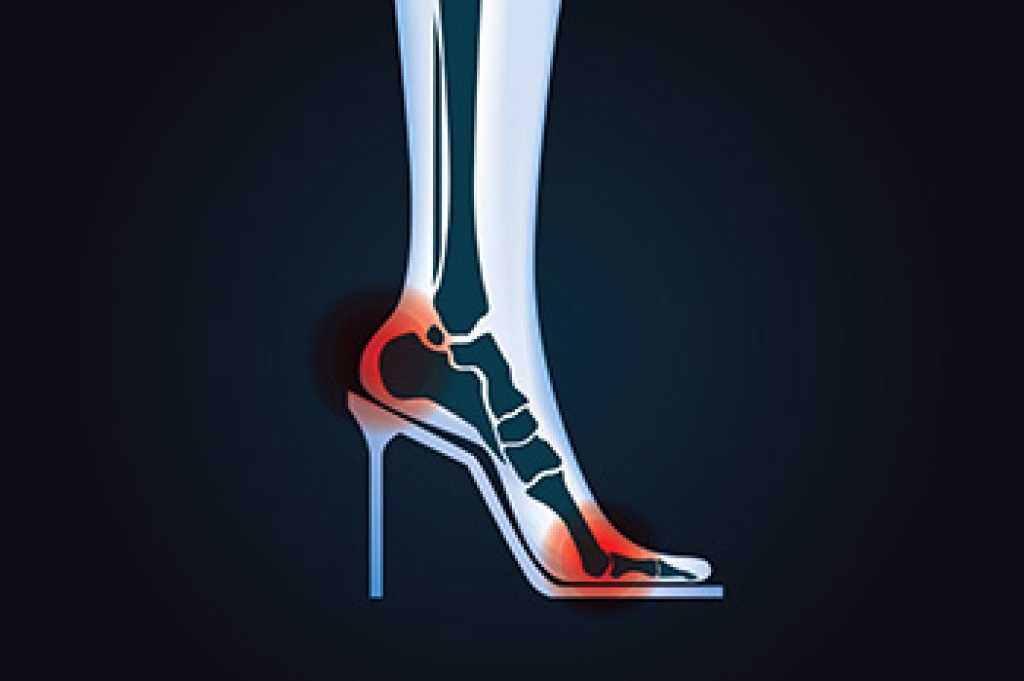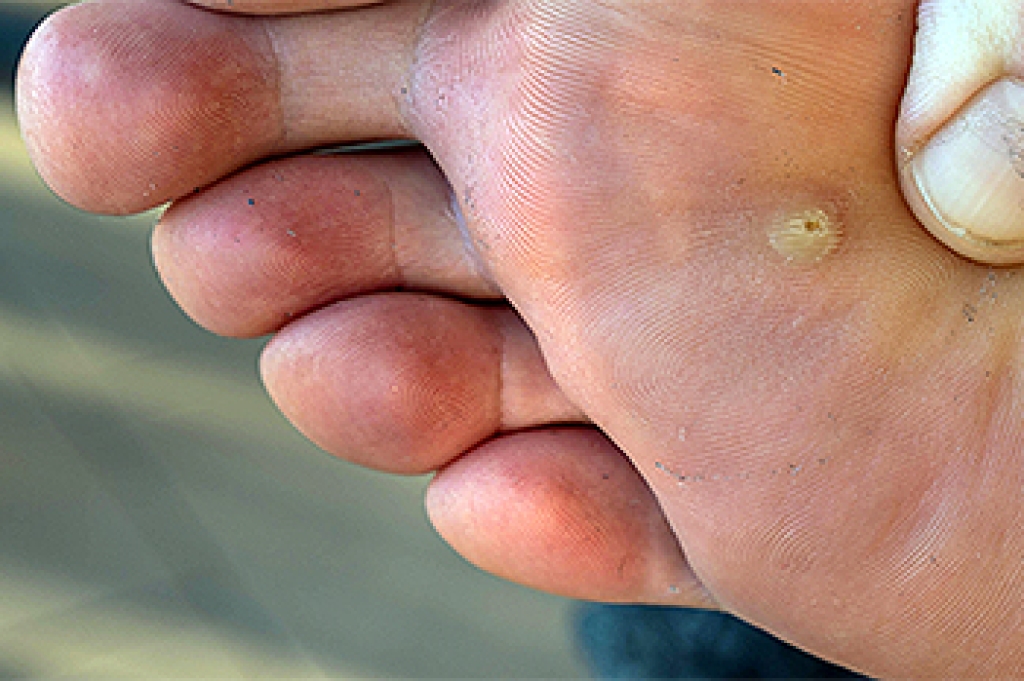
Morton’s neuroma is a painful condition affecting the nerves between the toes, most commonly between the third and fourth toes. Foot pain often feels sharp, burning, or tingling and may radiate into the toes. Causes include repetitive pressure or irritation from tight shoes, high heels, or abnormal foot mechanics. Symptoms can include numbness, a feeling of a pebble in the shoe, swelling, and discomfort that worsens with activity. Risk factors include wearing narrow or pointed shoes, participating in high-impact sports, and having foot deformities such as bunions or flat feet. A podiatrist can help by diagnosing the condition, recommending footwear modifications, providing orthotics, performing conservative treatments, and, if needed, guiding advanced care. If you have developed toe or forefoot pain it is suggested that you consult a podiatrist who can accurately diagnose and treat what may be going on.
Morton’s neuroma is a very uncomfortable condition to live with. If you think you have Morton’s neuroma, contact Afsha Naimat-Shahzad, DPM of Leander Foot & Ankle. Our doctor will attend to all of your foot care needs and answer any of your related questions.
Morton’s Neuroma
Morton's neuroma is a painful foot condition that commonly affects the areas between the second and third or third and fourth toe, although other areas of the foot are also susceptible. Morton’s neuroma is caused by an inflamed nerve in the foot that is being squeezed and aggravated by surrounding bones.
What Increases the Chances of Having Morton’s Neuroma?
- Ill-fitting high heels or shoes that add pressure to the toe or foot
- Jogging, running or any sport that involves constant impact to the foot
- Flat feet, bunions, and any other foot deformities
Morton’s neuroma is a very treatable condition. Orthotics and shoe inserts can often be used to alleviate the pain on the forefront of the feet. In more severe cases, corticosteroids can also be prescribed. In order to figure out the best treatment for your neuroma, it’s recommended to seek the care of a podiatrist who can diagnose your condition and provide different treatment options.
If you have any questions, please feel free to contact our office located in Leander, TX . We offer the newest diagnostic and treatment technologies for all your foot care needs.





